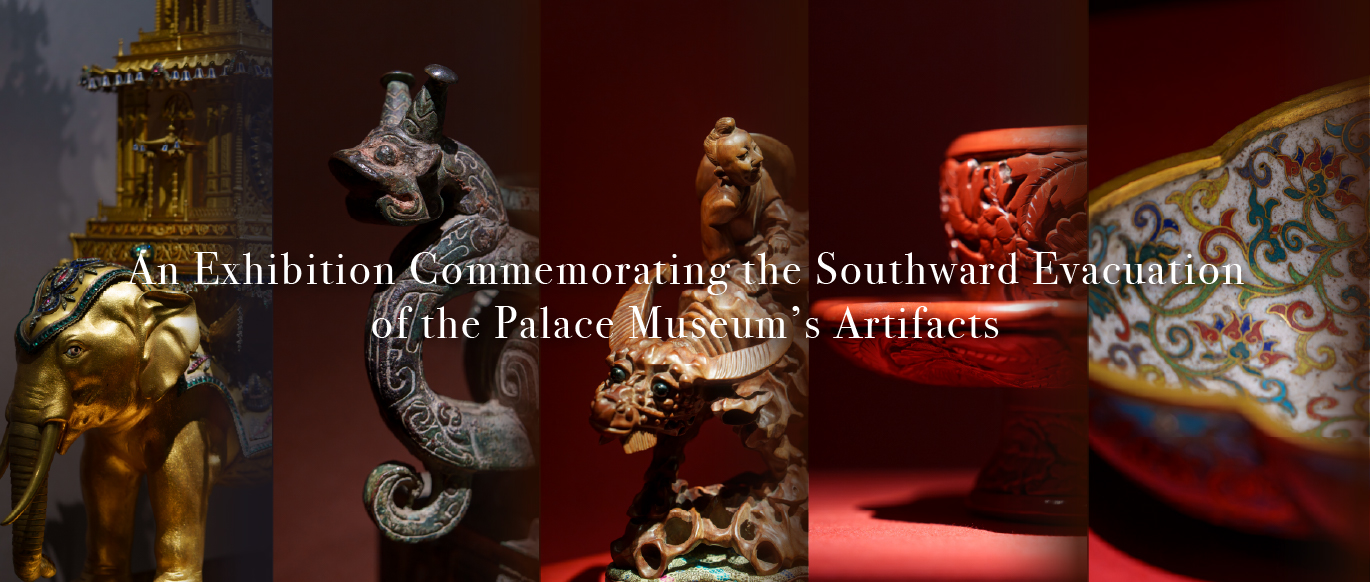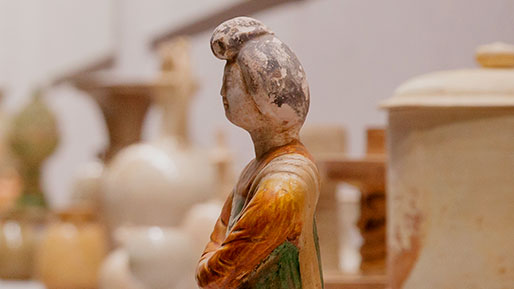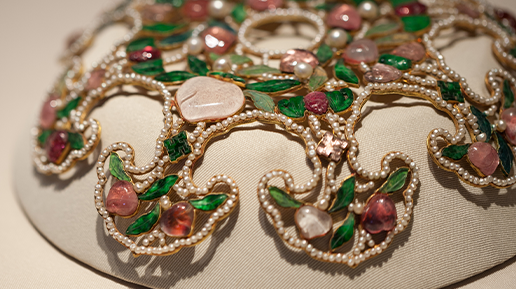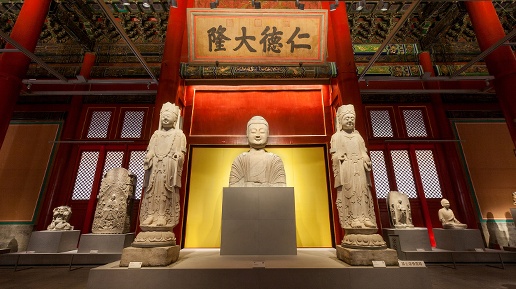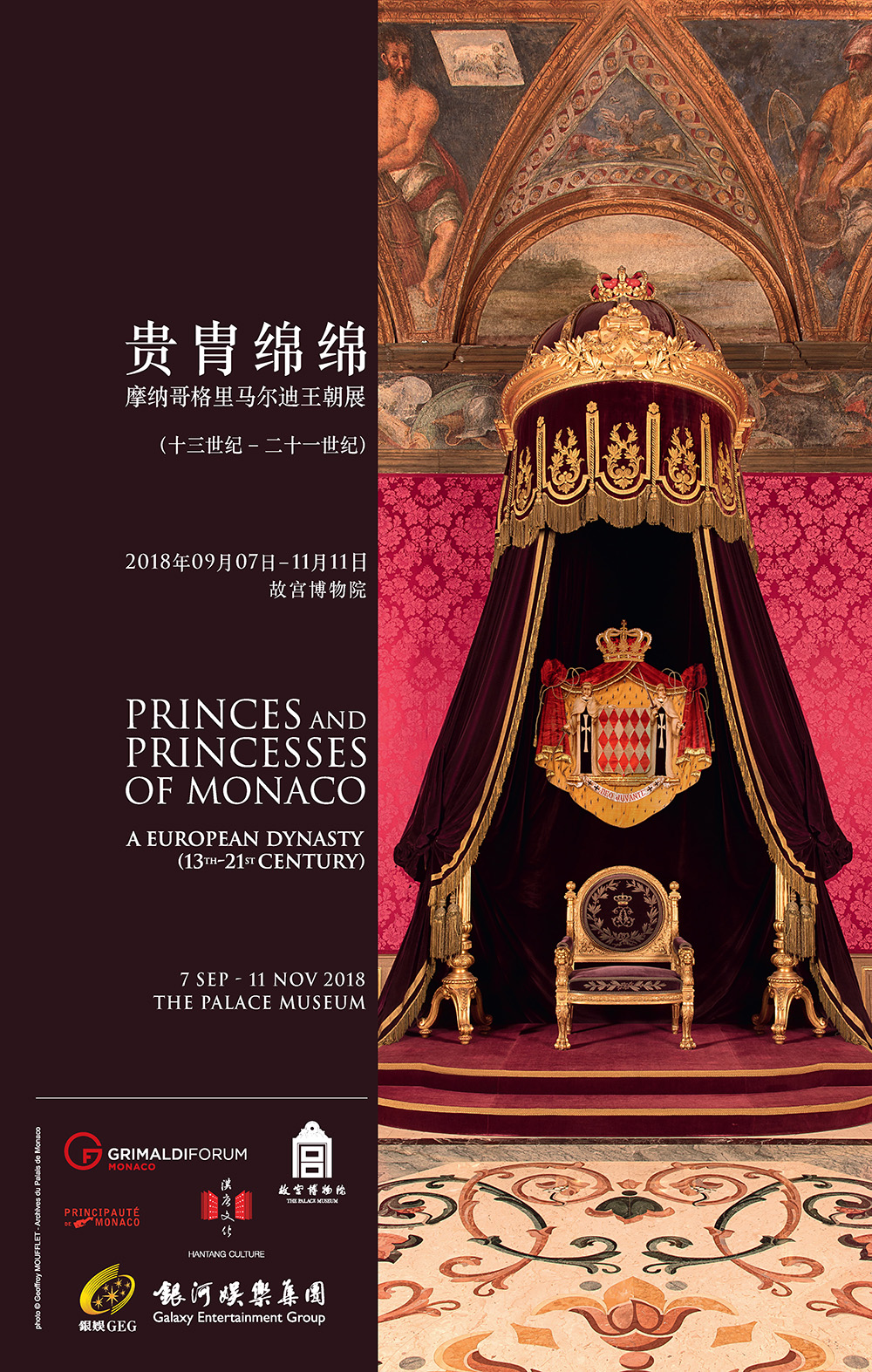
Shaping the territory and establishing the monarchy (13th–17th century)
After initially taking possession of the fortress of Monaco in the late 13th century, the Grimaldis established a viable territory in the mid-14th century with the acquisition of Menton and Roquebrune. Their strategy for gaining recognition was aided by the context of the wars in Italy: in turn the king of France (in 1512) and the German emperor and the Pope (in 1524) accepted "The Rock" as a sovereign state. Monaco was declared a monarchy in 1612.
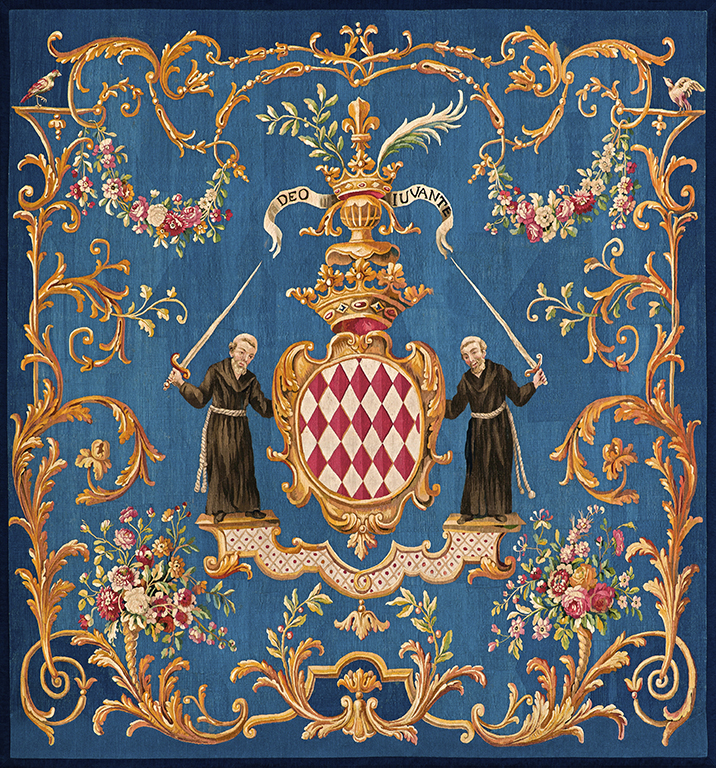
Aubusson tapestry, of chancellery or door type, with the Grimaldi of Monaco coat of arms.
The Prince\'s Palace of Monaco
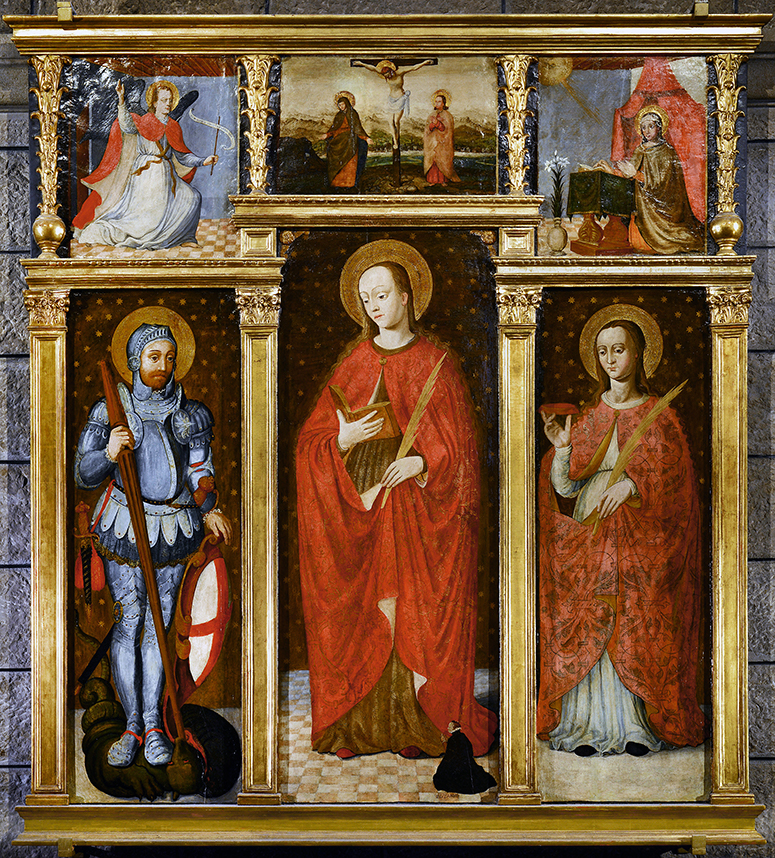
Altarpiece of St Devota
Paint on wooden panel.
Cathedral of Monaco
A small principality bordering on France (17th–18th century)
In 1641, Prince Honoré II opted for the protection of France, the dominant European power, as the small court evolved its own ceremonial system and sovereign practices. The Grimaldis became gallicised and by the 18th century they were enlightened monarchs interested in the ideas and arts of their time.
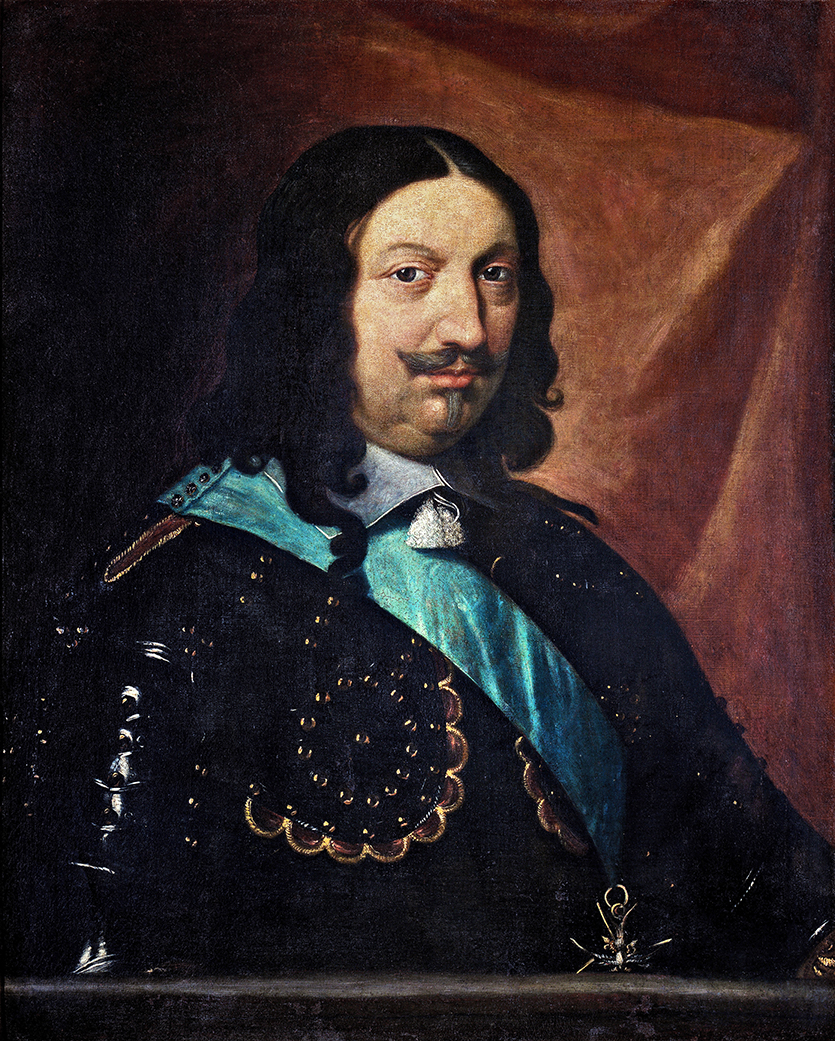
Portrait of “Honore II Grimaldi” (1651)
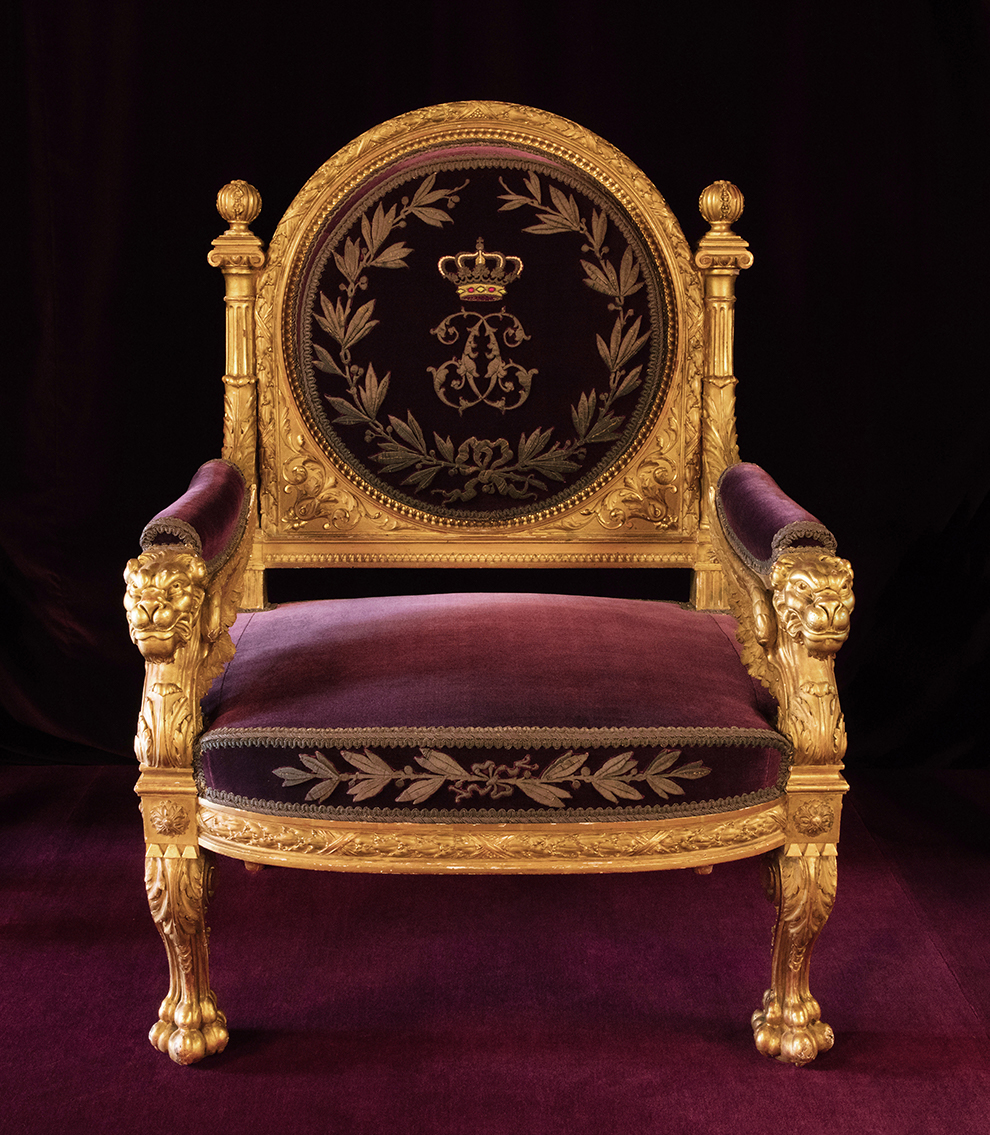
The prince\'s throne, by Felix Alfred Ternisien, 1881.
The Prince\'s Palace of Monaco.

Antoine I (1661-1731)
Oil on canvas by Hyacinthe Rigaud (1659-1743), 1706.
The Prince\'s Palace of Monaco
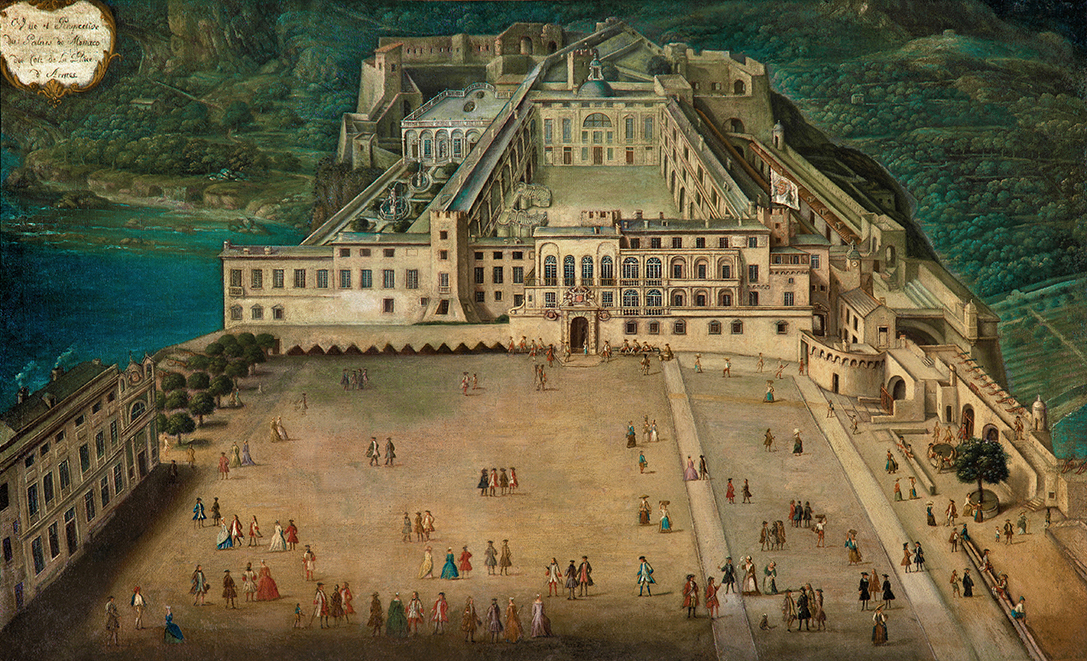
View and perspective of the Palace of Monaco towards the place d\'Armes.
Oil on canvas by Dominique-Joseph Bressan (1670-1746), 1732.
The Prince\'s Palace of Monaco
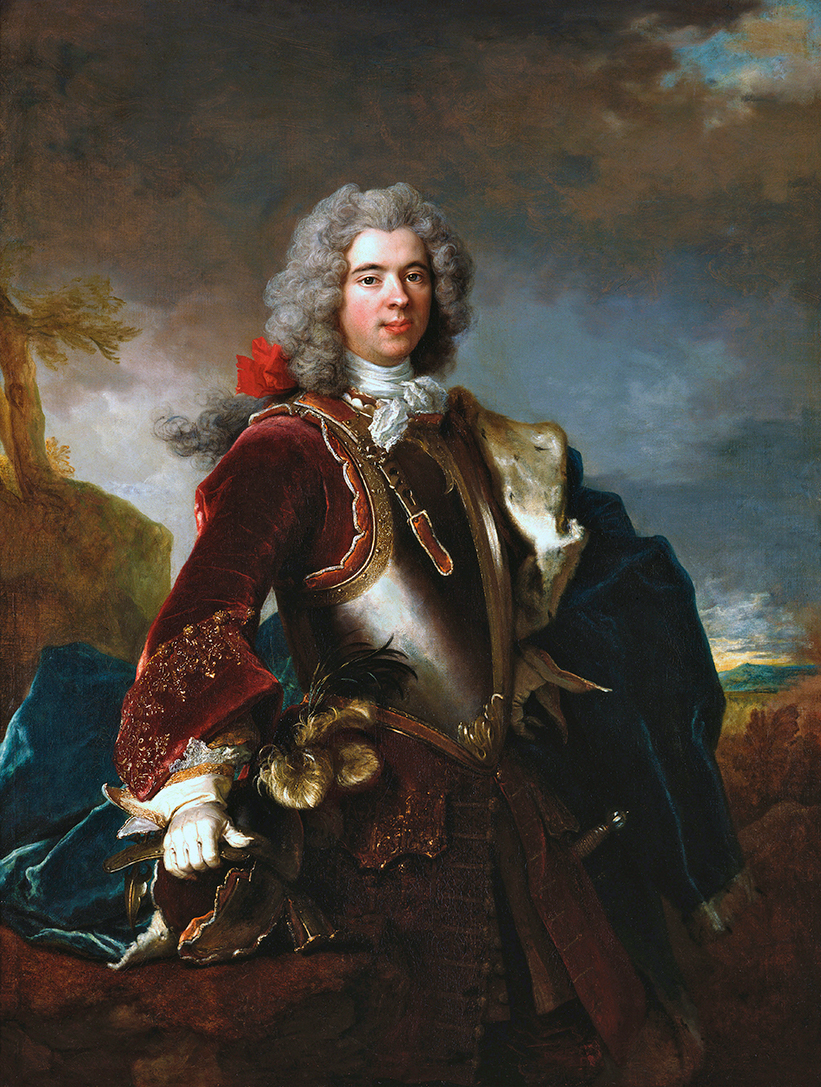
Portrait of Jacques I (1718)
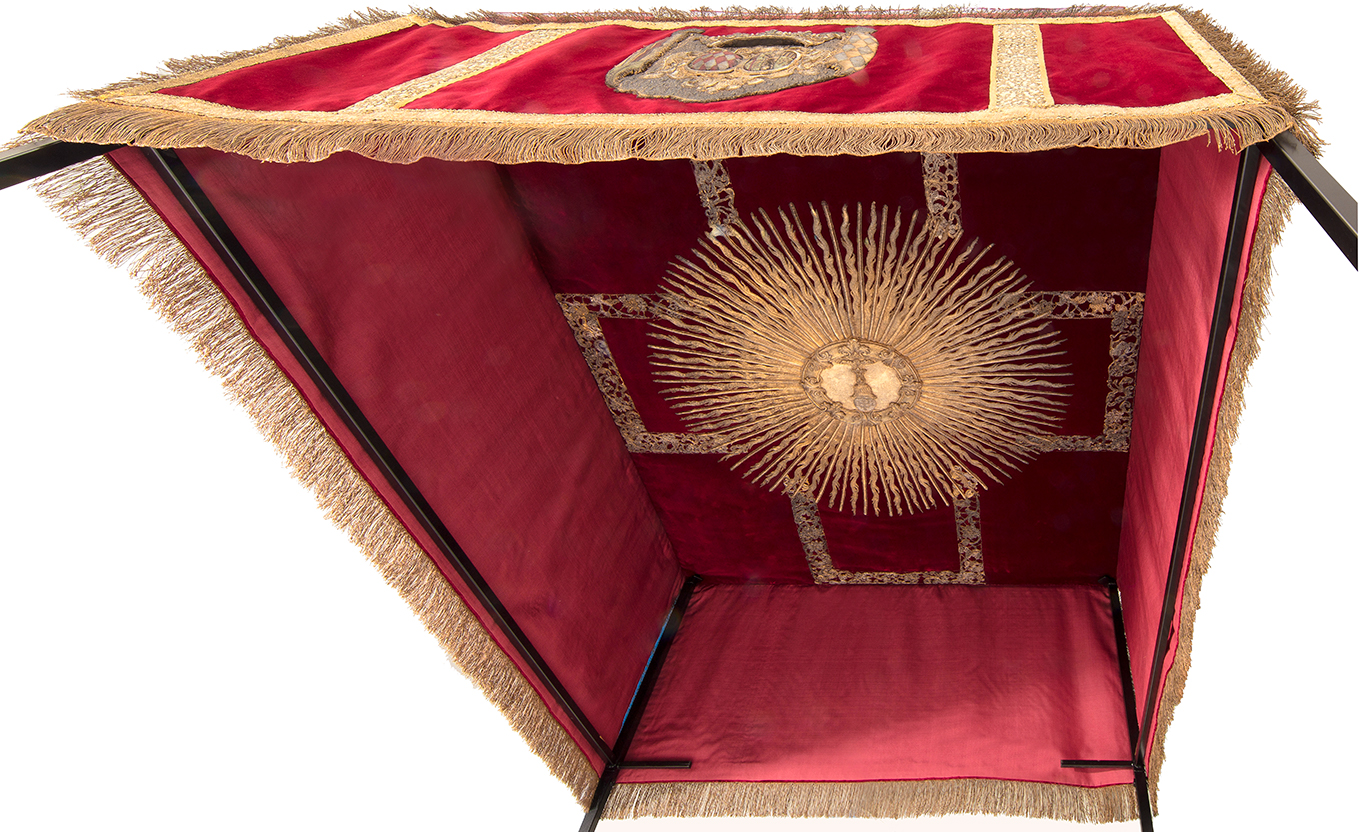
Dais embroidered in the coat of arms of the Grimaldis and Lorraine-Armagnac (1712)
The invention of Monte Carlo: a new city (19th–20th century)
The French Revolution brought the end of sovereignty from 1793 to 1814, and in 1848 – the "Year of Revolution" – the secession of Menton and Roquebrune meant the loss of 90% of Monaco\'s territory and a need for radical economic restructuring. The new Monte Carlo district, created in 1866, was the symbol of a rebirth grounded in high-end tourism for lovers of the seashore and games of chance. This was the Belle Époque and Monte Carlo had become a cultural hub.
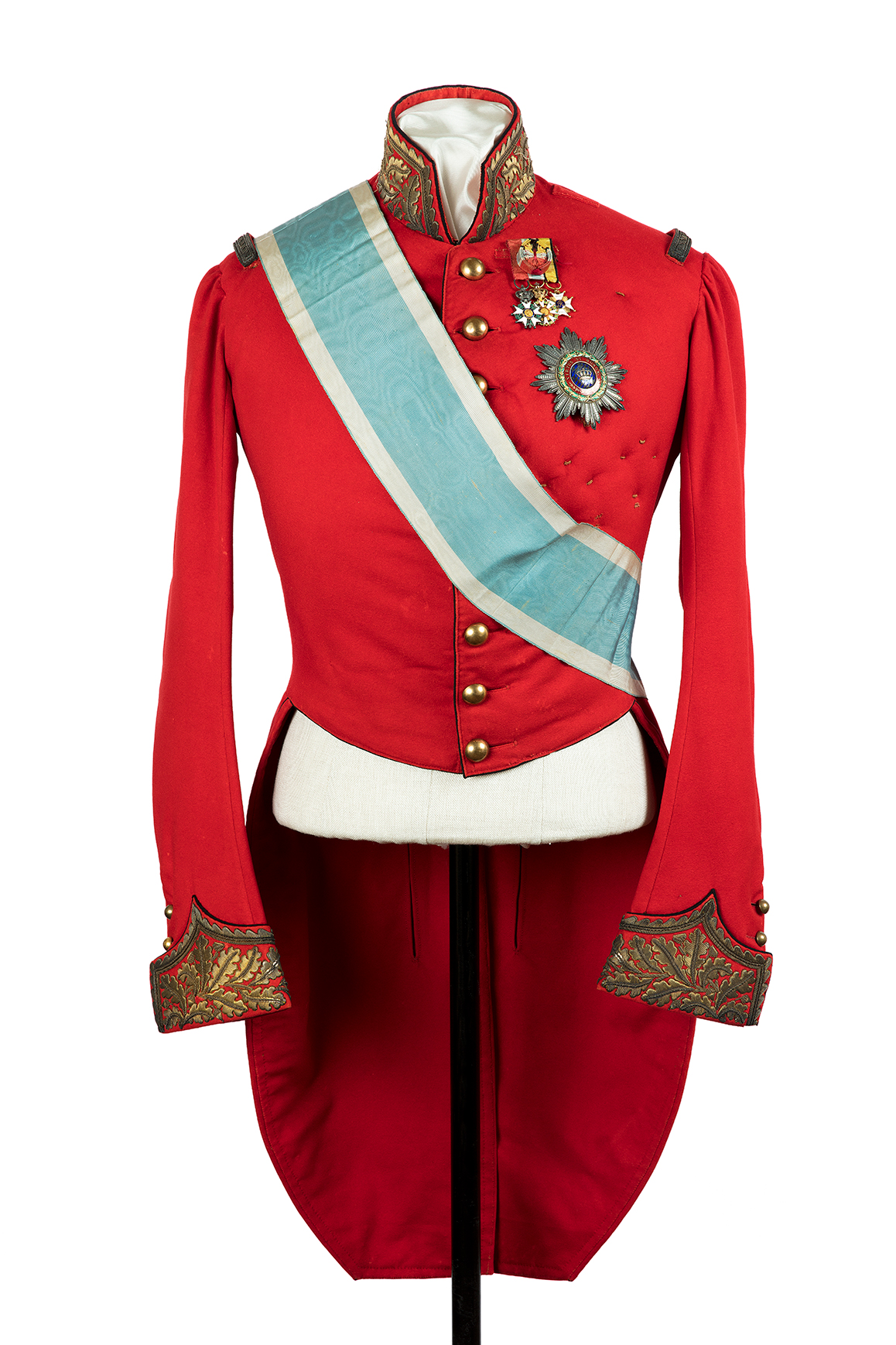
Uniform of Prince Honoré V (19th c.)
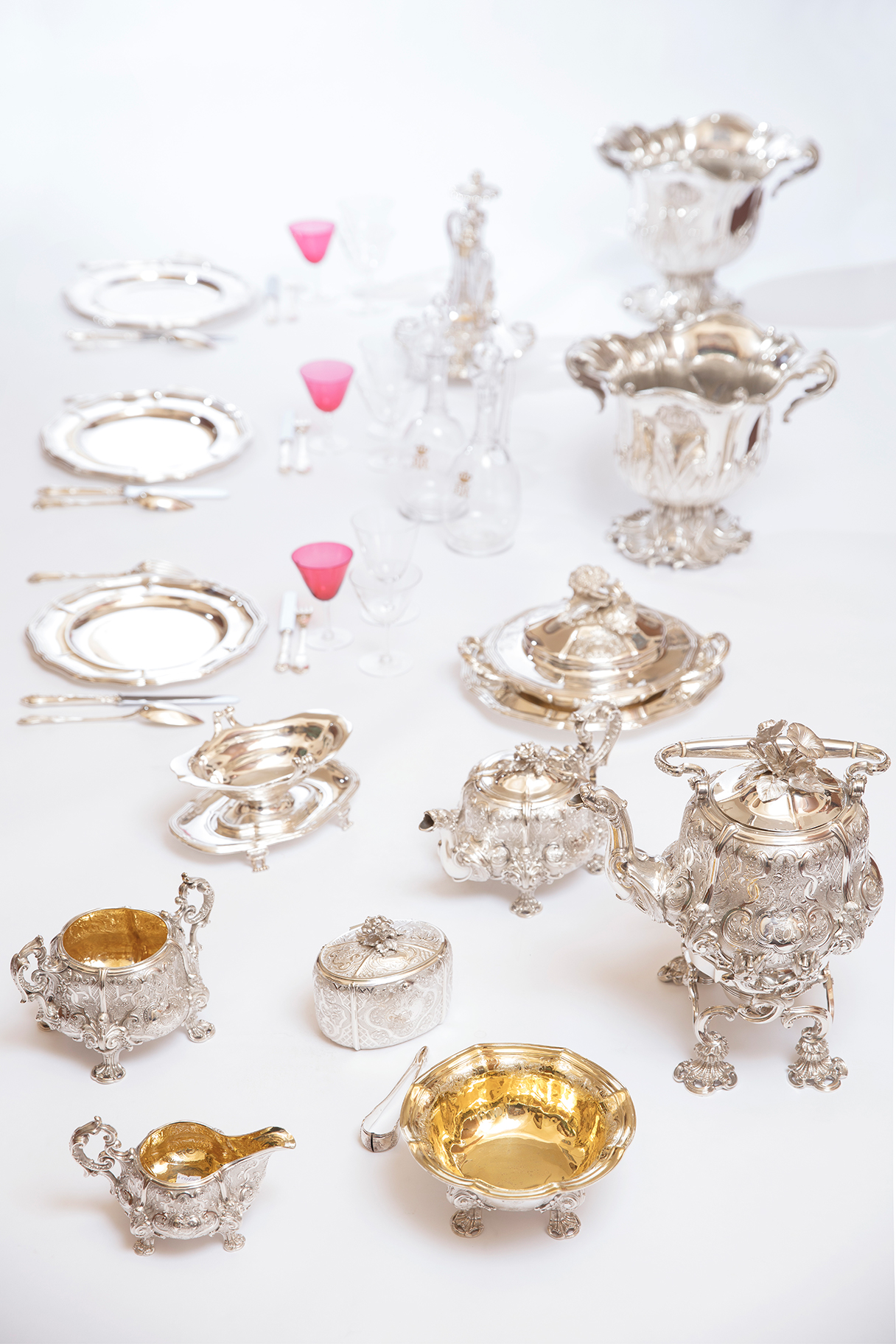
Dinner service in the coats of arms of Monaco and Merode (19th c.)
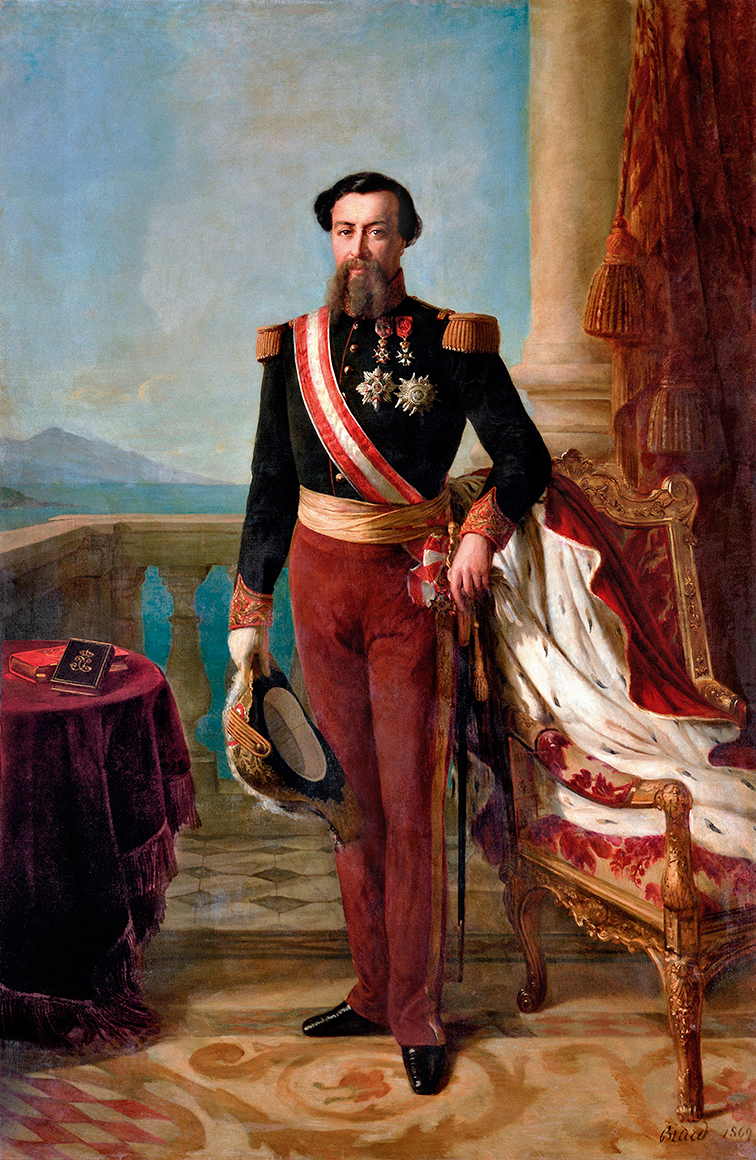
Charles III, Prince of Monaco (1868)
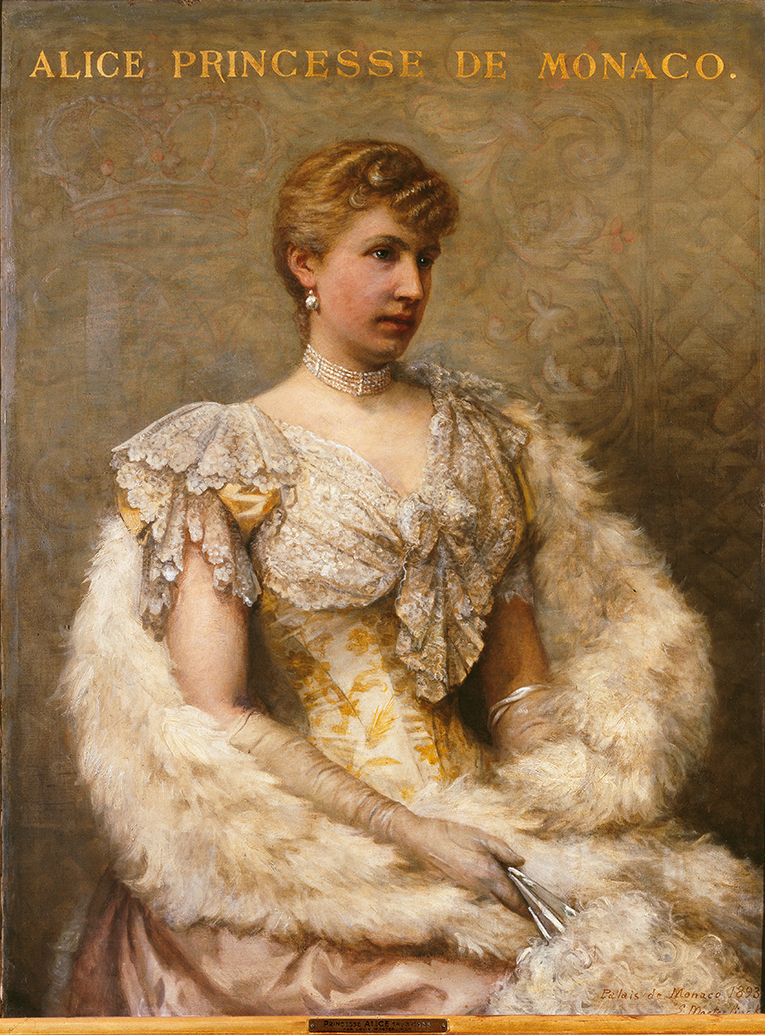
Portrait of Alice Heine (1857-1925), wife of Prince Albert I of Monaco (1893)
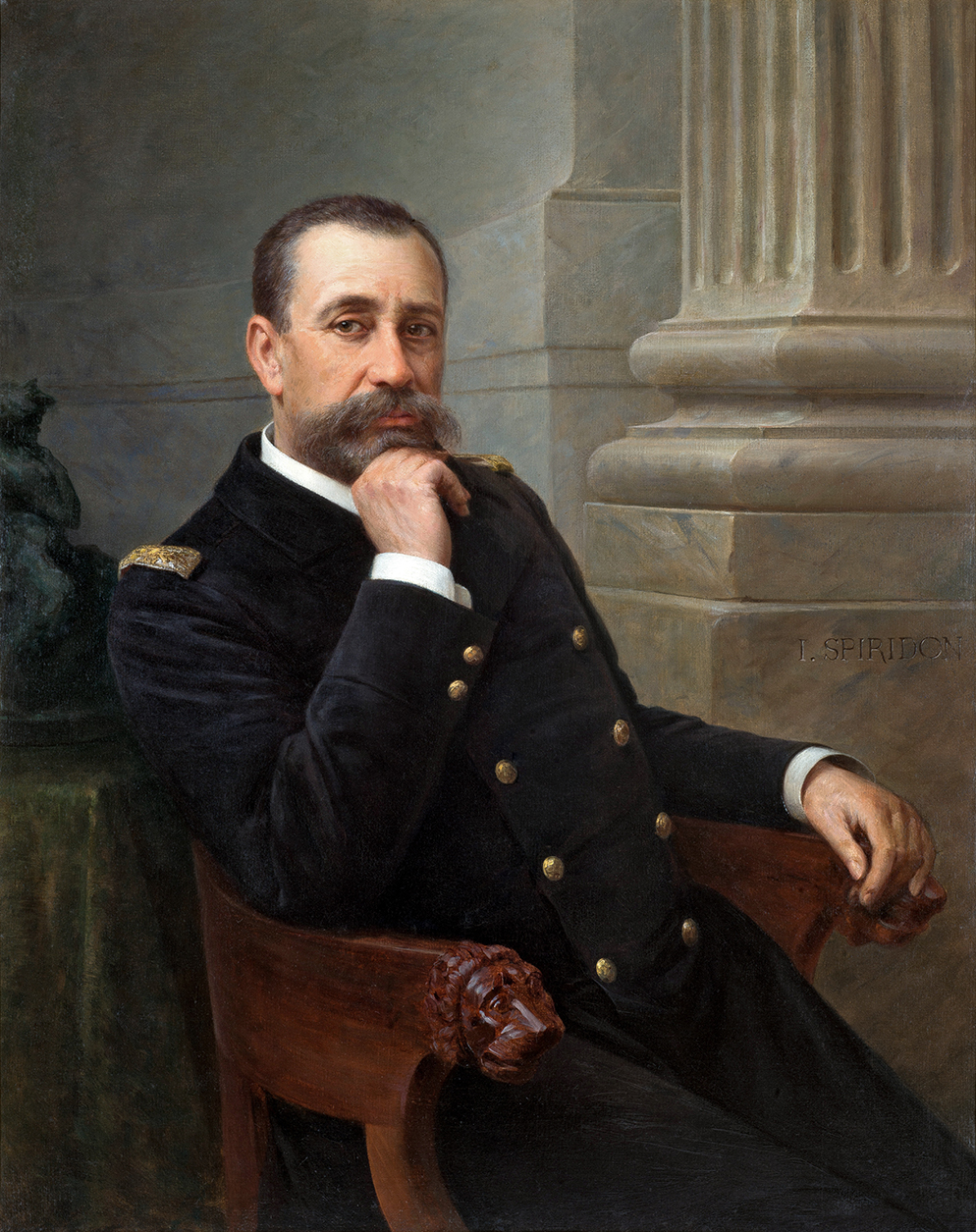
Portrait of Albert I, Prince de Monaco (1905)

Cartier diadem (20th c.)
Global outreach (20th–21st century)
In the wake of the First World War came further restructuring, this time with an emphasis on finance. After the Second World War the overall economic context, the dynamism of the young Prince Rainier and the popularity of his wife, Grace Kelly, brought Monaco a worldwide reputation. Despite its small size the Principality enjoys full recognition from international organisations. At once respectful of tradition and receptive to the future, Prince Albert II, an art collector and environmentalist, is notably making Monaco\'s voice heard on the sustainable development issue.
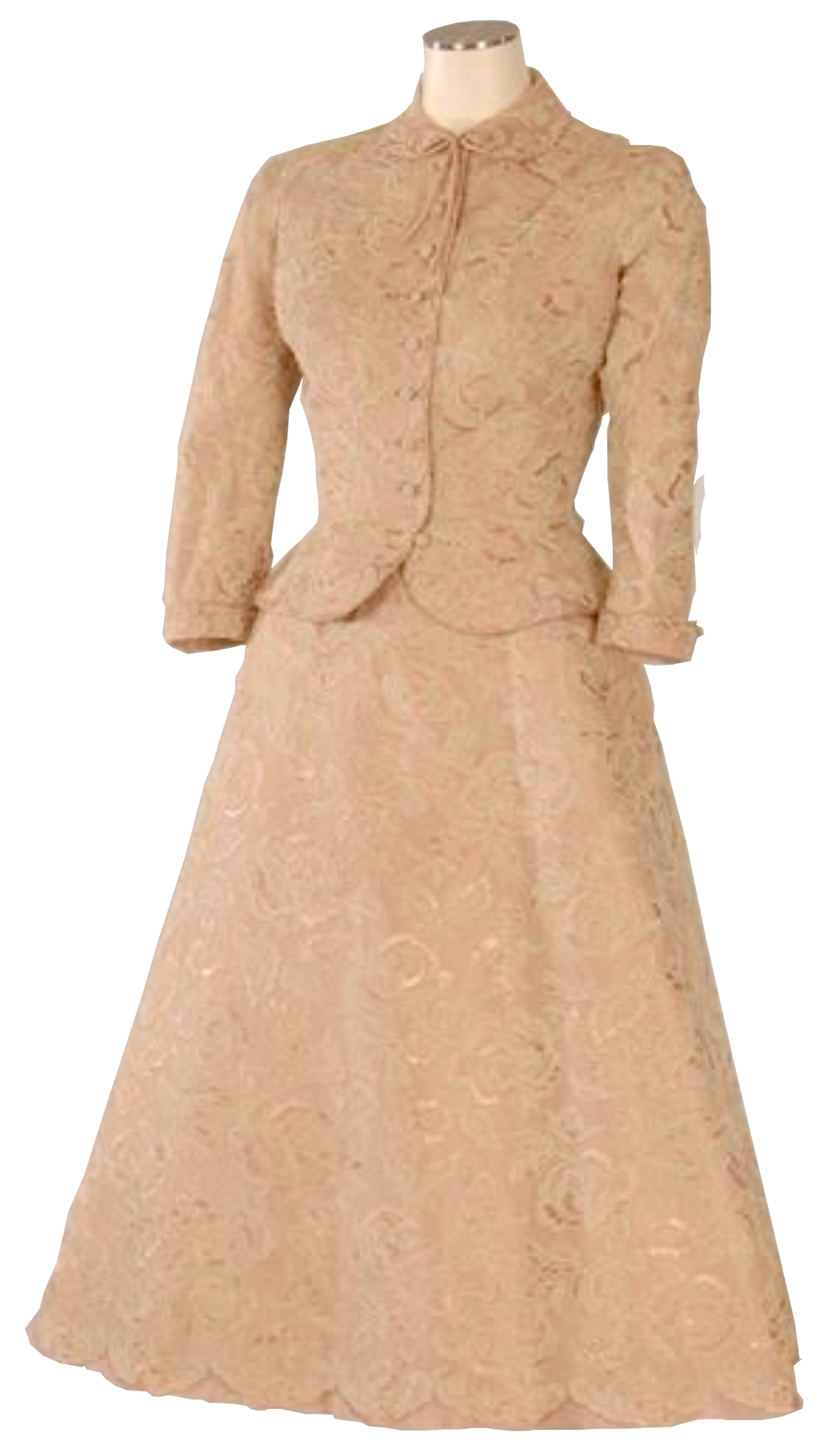
Dress created by Helen Rose (1904-1985) for the civil for the civil marriage of Grace Kellly with Prince Rainier III of Monaco (1956)
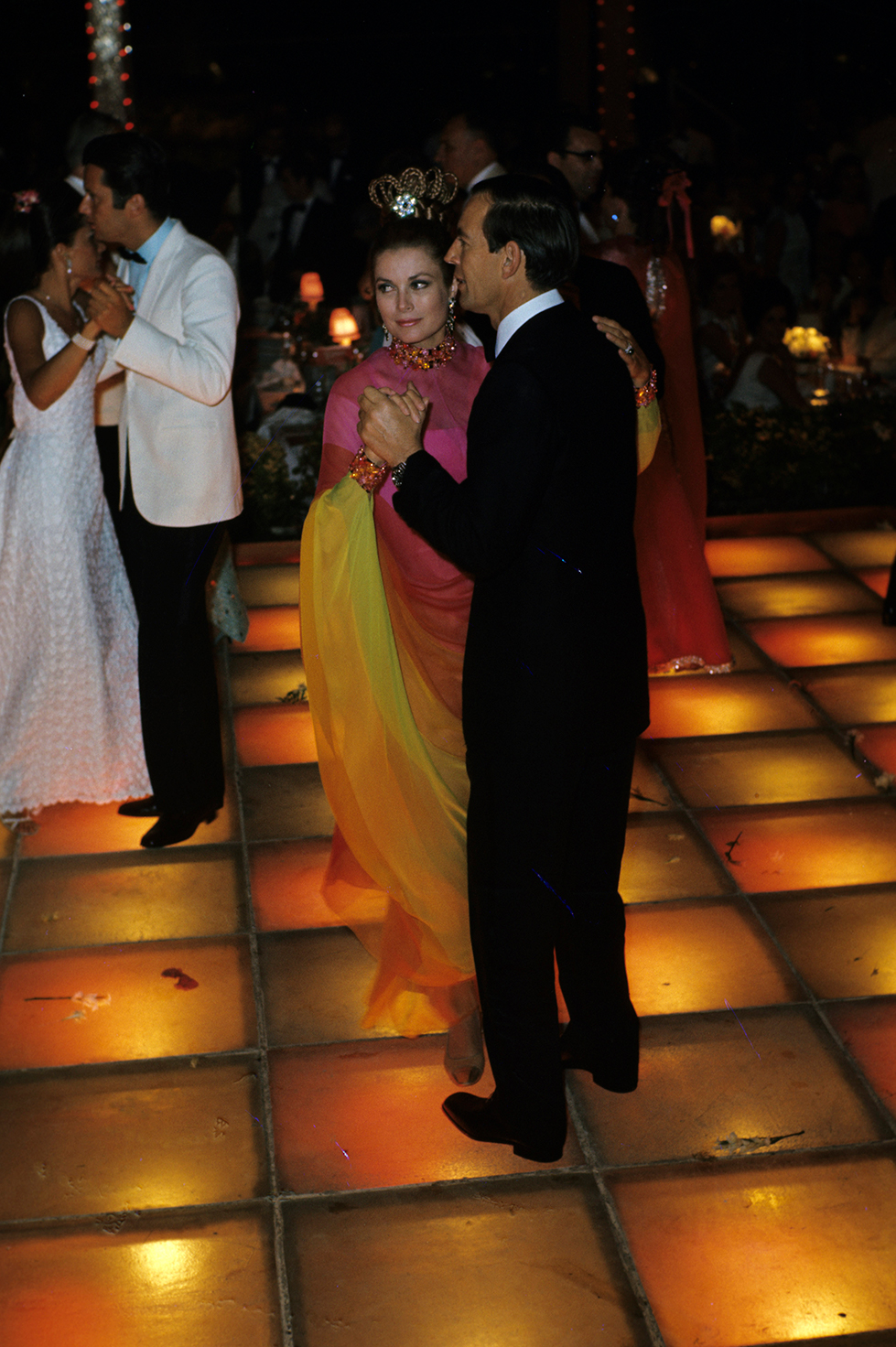
Dior "Bayadère" dress belonging to Princess Grace.
Spring-summer collection 1967, designed by Marc Bohan (1926- ).
Silk Chiffon and cuffs with rihinestones and sequins.
The Prince\'s Palace of Monaco
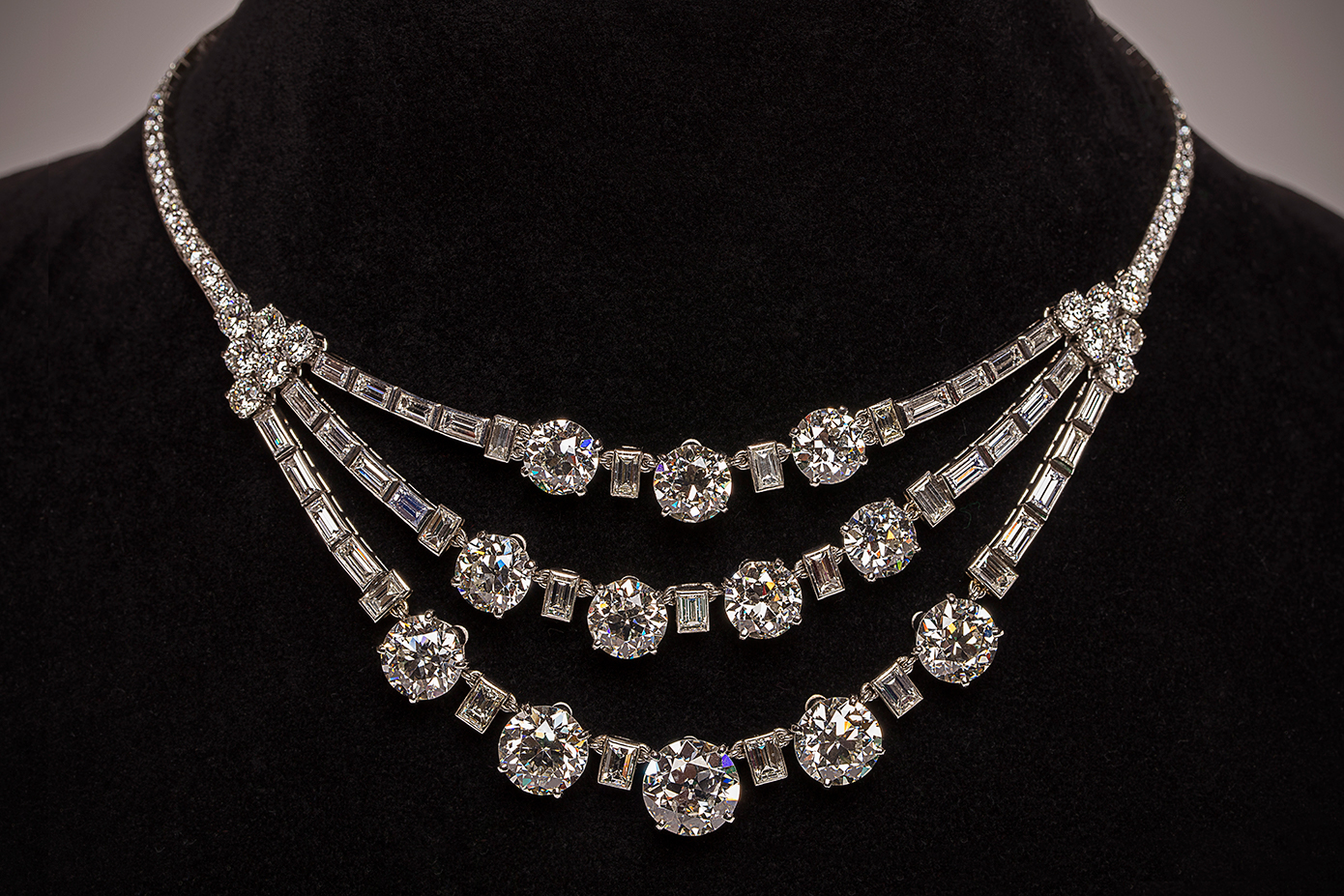
Three-tier Cartier Rivière necklace belonging to Princess Grace, 1953.
Platinum and gold, brilliant and baguette-cut diamonds.
The Prince\'s Palace of Monaco.
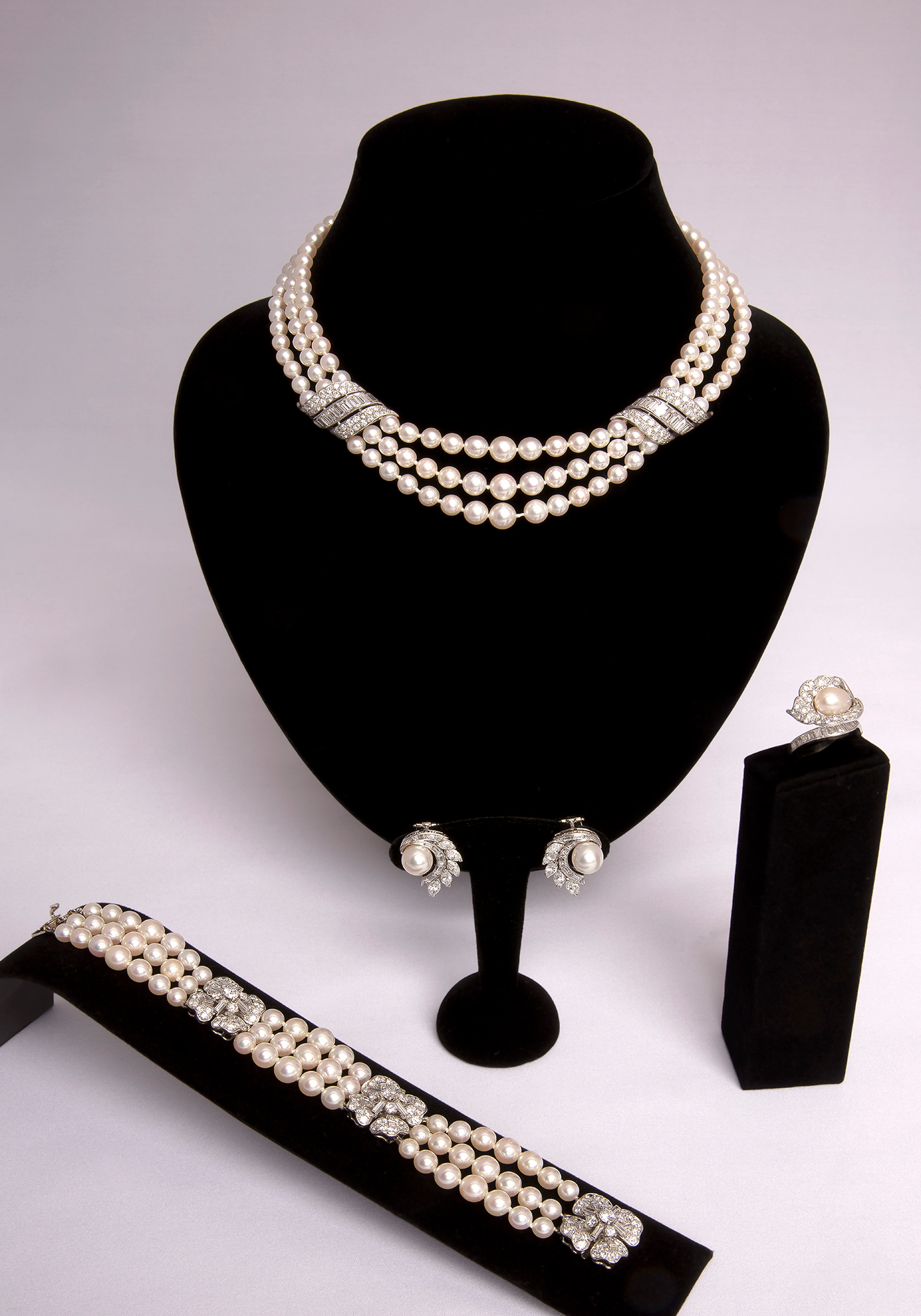
Princesse Grace Kelly\'s Van Cleef & Arpels Jewelry (1950s)
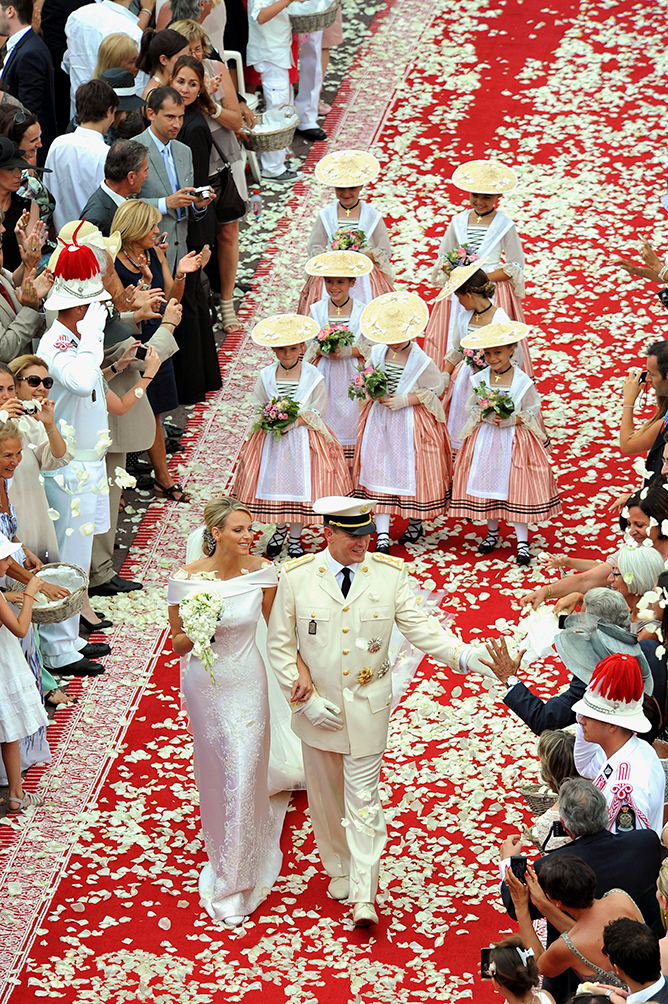
Giorgio Armani\'s wedding dress (1934- ) created for Princess Charlene, 2011.
Off-white duchess satin and silk organza, floral embroidery with branches, golden pearls, Swarovski crystals and mother-of-pearl drops. Silk tulle and embroidery thread covered with platinum for the veil.
The Prince\'s Palace of Monaco
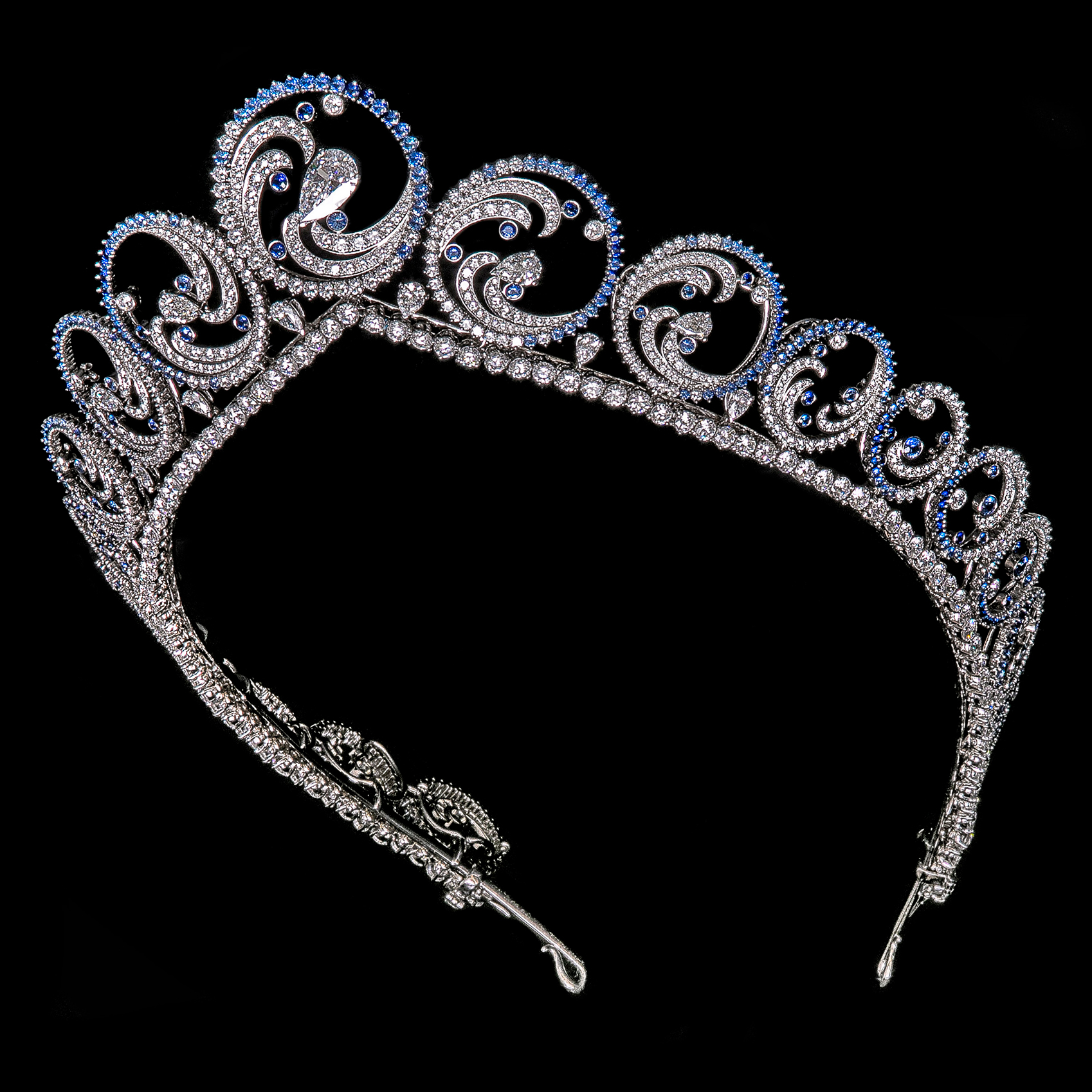
Van Cleef & Arpels ‘Ocean’ diadem (2011)





